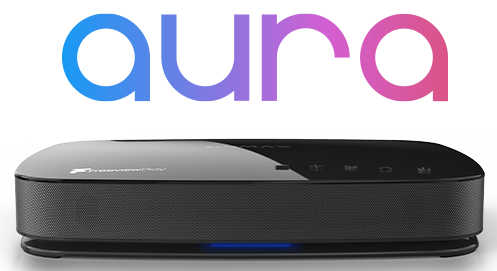I have a Humax HDR-2000T connected to a fairly old Pioneer TV. A coax cable connects the Humax to a wide-band roof mounted aerial and is looped into the aerial port on the TV via the antenna connections. The aerial cable that comes from the external aerial is connected to a Maxview masthead amplifier MHA26U and in turn, connected to a Signal Booster, SLx TV Amplifier Four Output 27820BMR. The Humax is running software UKTFAC1.01.18 - I have tired to check whether updated software is available, but the Humax never seems to establish a connection, even though the internet connection appears to be established and working (the Humax TV Portal doesn't work either). I have tried to disconnect the booster and MHA, but this results in a lack of signal message on all TVs connected to this setup.
We have recently had our external aerial repositioned after it rotated in high winds. It is now pointing, (as others are locally), toward Bristol Illchester Crescent transmitter. The Humax has been retuned.
My issue is the poor reception of some, non-DTV channels, particularly ITV3, More4, Dave, and E4. This intermittent reception drop affects recordings with some failing altogether or the pictures of each one breaking up. I have checked the strength and quality of the most problematic channels and they (sometimes) show 75%, 75% for each. Unfortunately, this issue is not constant and the signal strengths appears to fluctuate. For example, last evening it was so bad that we couldn't watch the non-BBC channels, but this morning they seem to have recovered.
In order to narrow down the issue, I have disconnected the Humax from the aerial cable and plugged this directly into the TV and when viewing channels solely via the TV have not noticed any signal loss or break-up. Other TVs in the house that are not provided with a Humax work flawlessly - these are connected to the same aerial, aerial cable and boosters.
This indicates to me that the fault might lie with the internal tuners in the Humax. Would this be a sensible conclusion? Your advice would be much appreciated.
Many thanks. Chris


